PTSD Trauma in Children
Someone who sees or experiences an event, then impacts on his emotional response, can be said to experience trauma. This trauma can occur at the age of children though, not only adults. Trauma in children who are not treated can lead to post-traumatic stress disorder (PTSD). What is PTSD in children?
What is meant by PTSD trauma in children? Did all the trauma end with PTSD?
PTSD is a post-traumatic stress disorder, where it is a psychological disorder that occurs after a child experiences or witnesses an unpleasant event, which is trauma.
But please note, that not all traumas in children cause PTSD. However, every child has factors that enable him to deal with trauma.
For example, with the support of a good social environment, children are able to manage their emotions and good self-concept.
Every event that happens to a child also has a different impact. For example, two different children see an accident.
In the first child, the effect can be only fear and cry. After witnessing the incident, he can be cheerful again without any complaints. Whereas in the second child, after seeing the accident his attitude can turn to silence, and show signs of PTSD.
What are the symptoms of a child experiencing trauma that leads to PTSD?
There are several characteristics of PTSD due to trauma that parents can notice in a child after he has experienced a traumatic event:
- The child experiences repeated stresses about the event. For example, children like to play about accidents he sees, or children admit that he thinks about it continuously
- The child has nightmares and is related to the event;
- Children repeat reactions when events occur, such as fear, screaming, crying
- Children avoid anything that reminds about the event, for example, accidents avoiding cars
- Children have difficulty concentrating on something
- Children become easily shocked
Trauma to a child that can turn into PTSD can be caused by an event such as a disaster, an accident, violence, or the death of someone who has a close relationship with the child.
For children aged 6-11 years, children can display several symptoms, such as:
- Extreme withdrawal
- Behavior that annoys others
- Inability to focus.
- Behavior that displays attitudes under the age of individual development (regressive behavior).
- Nightmare.
- Sleep disturbance.
- Irrational fear.
- Easy to get angry.
- Refuse to go to school.
- Expressions of anger.
- Fight.
- Complaints of physical pain without any medical (psychosomatic) explanation.
- Depression.
- Anxious or guilty.
- Emotionally numb.
In children who are six years old or younger, reactions to trauma can include:
- Behavior that displays attitudes under the age of individual development (regressive behavior).
- Fear of being separated from parents.
- Crying or whining.
- Cannot move or become stiff.
- Make a movement that has no purpose (aimless motion).
- Shaking.
- Frightened facial expression.
- Sticking to other people excessively (excessive clinging).
In addition to these core PTSD symptoms, children can also show the following symptoms:
- Fear of dying at an early age.
- Have physical symptoms such as headaches and stomach aches.
- Act younger than their age (for example, whiny behavior, thumb sucking, or urinating in bed).
Is there anything the parent can do when the child is traumatized to avoid PTSD?
There are several things parents can do to prevent traumatic events in children without causing PTSD. The following actions can be taken by parents:
1. Parents can ask what children think, what they see, and how they feel after seeing the traumatic event.
2. Parents can allow children to express their feelings while being listened to carefully. If the child is difficult to express with a direct story, you can find out their feelings through other ways.
For example, when he was drawing and try to find out what he tells about what he drew. Then, when children play with dolls, parents can also ask what their puppets are doing. In this way, parents can find out the contents of the child’s feelings
3. Children who are especially under 6 years old, usually find it easier to express their feelings with symbols from what they draw and the dolls they play.
4. Parents can also help create a sense of security in themselves. For example, by saying “Calm down sister, here there are fathers and mothers who look after you, you are safe now”. You can also give a warm hug or caress a child to add security to them.
5. After that, parents can invite children back to their routine. If you have done the steps above and there are still behaviors that make your parents worry, immediately take the baby to a child psychologist.
What will happen if the trauma and PTSD of the child are left just like that?
PTSD trauma in children who are not treated will have a negative impact. For example, it can lead to negative behaviors such as excessive anxiety and fear in them.
Children can also be depressed, withdrawn, and difficult to concentrate at school. These things can have an impact on learning achievement, adapting to friends, and their future attitude.
What medications or methods can be used to treat childhood trauma?
Treatment of PTSD trauma in children can be given through therapy, therapy can be given depending on the condition of the child, some therapies for children are play therapy, art therapy, or cognitive behavior therapy. Consult and check the condition of the child is a child psychologist to get the best care.
So, after you read the above article, do you think your child has PTSD trauma? Or maybe you know your child’s friend from school who suffers from it? Maybe you could see if the parents are aware of that.
If your child shows the above characteristics, you should immediately consult a pediatrician and a trusted psychiatrist to get a more accurate diagnosis.
Stay safe, happy, and healthy!

—————————————————————————————————————————————–
This post may contain affiliate links, which means I make a small commission off purchases, at no extra cost to you. Read my full disclosure here. Thank you for supporting the work I put on this site!
—————————————————————————————————————————————–
We Stress Free does not provide medical advice, diagnosis, or treatment. However, if you need someone to talk to and want to make friends, please feel free to reach me at ferra@westressfree.com. If you would like to REDUCE your STRESS and are interested to do an ONLINE THERAPY, you can do so here.
—————————————————————————————————————————————-
Disclaimer: The information contained in this article is for educational and informational purposes only and is not intended as health or medical advice. Always consult a physician or other qualified health provider regarding any questions you may have about a medical condition or health objectives.
Thank you for reading today’s topic: PTSD Trauma in Children

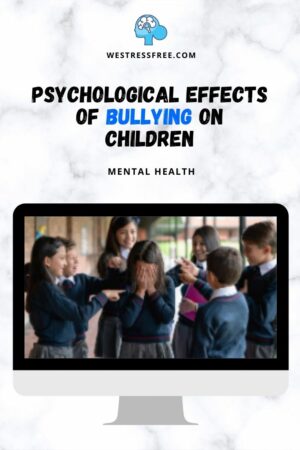
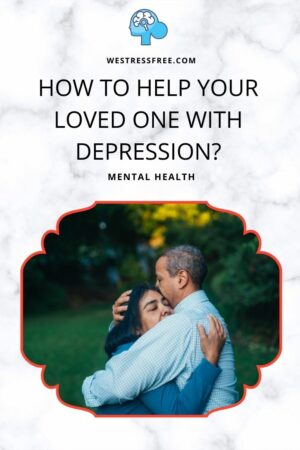
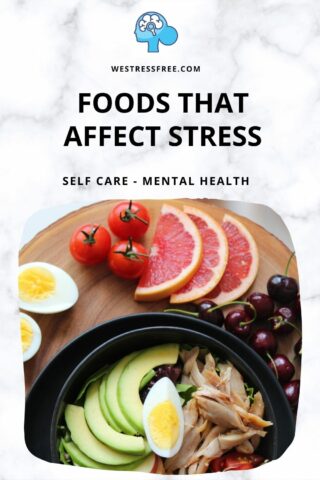
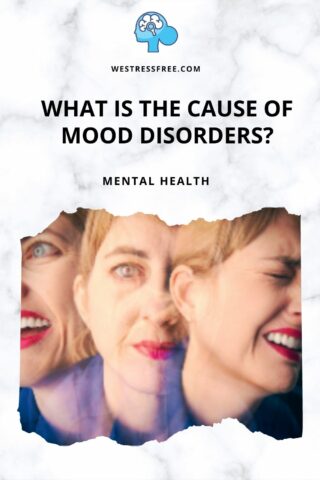
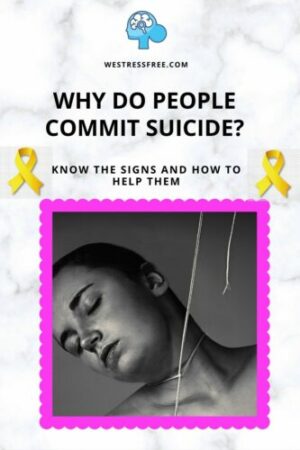


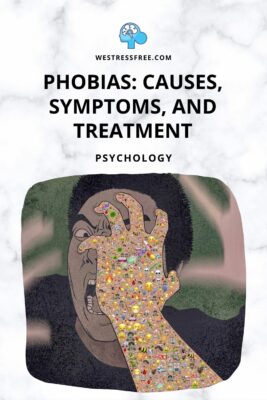

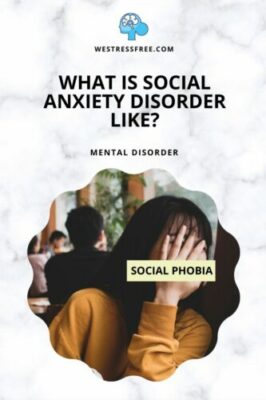
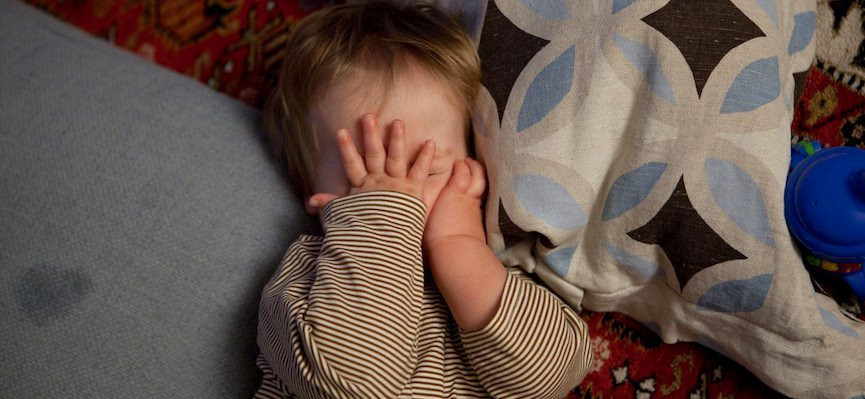






Thanks for this article. Again I learned something important here regarding Post-Traumatic Stress Disorder in children.
I remember a story of a traumatized child when he is already an adult. The experience was this, every time he sees flowing water from the faucet he starts to sweat. He doesn’t know the reason why he was such experiencing that way. I don’t know if the initiative to see a psychologist is from the parents or the traumatized person. To make the story short through the help of the psychologist it was discovered that when the person was a child he was bathed by his parents directly from a faucet. Possibly the water was cold and is not suitable or convenient for the child’s body during that time.
The good thing here is that there is a way this disorder can be cured as you related in this article. It’s good for parents to be keenly observant of their children if they have any symptoms of post-traumatic stress disorder and seek the help of psychologists to mend the said disorder.
Hello Abagatan,
Thank you for taking time to visit my site, read my post and leave a comment. I really appreciate your kind words in your comment! 😃
Glad you found this article useful.
Yes, it is mind blowing when we found out the cause of trauma in children. It could be so simple for us as an adult and we tend to neglect it. So, it really is important for parents to be observant of their children’s behavior and development.
Thanks again for your nice comment. Stay safe,happy and healthy!
Ferra
Most people think that only adults can get in trauma after an accident. They think that children don’t understand what’s happening but the truth is that children are very sensitive. What they need to understand is that kids can experience trauma just as adults do or even worse.
It is important to notice that certain kid’s behaviors such as refusing to go to school, can have a deeper background reasons that the parents need to understand .
The article covers also some great tips on what parents can do in order to prevent PTSD in their children.
Very informative article! Thank you!
Dear Delqna,
Thank you for taking time to visit my site, read my post and leave a comment. I really appreciate your kind words in your comment! 😃
Glad you found this article is useful.
Oh yes, children refusing to go to school is pretty bad. It could be because their friends see this kid is different due to having a PTSD. Bullying is the worst thing that could happen to children. That will only worsen their condition. So parents and teachers should really be aware and ready to take actions.
Once again thank you for your nice comment. Stay safe,happy and healthy!
Ferra
Seriously, this is a very sensitive post. When PTSD happens in adult, it can become very painful and unbearable but in kids, it becomes a totally new level of difficulty because they are scared and would be very hard to truly understand their emotions and the way to tackle it. However, looking out for symptoms early on would help in saving a lot of time and also help to give them the right needed attention as quick as possible
Hi Ella,
Thank you for taking time to visit my site, read my post and leave a comment. I really appreciate your kind words in your comment! Glad you found this article useful.
Stay safe,happy and healthy!
Ferra